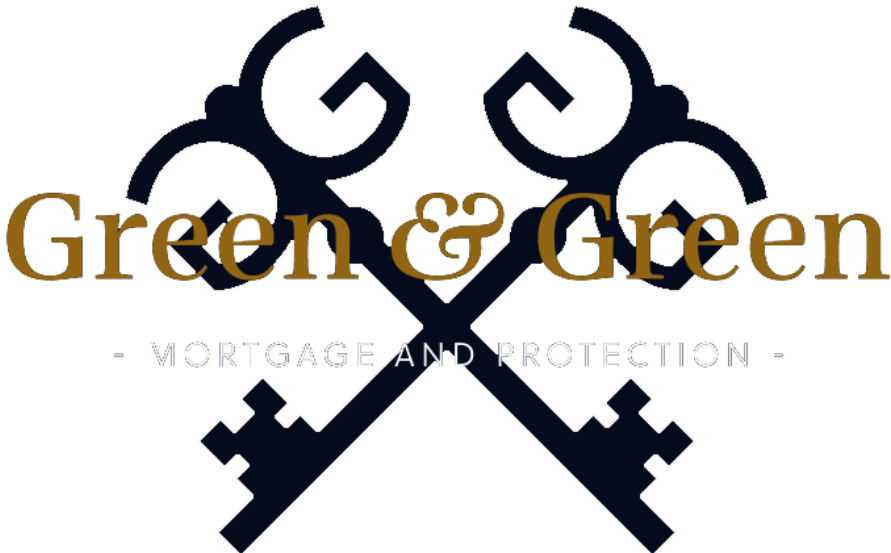What mortgage type is best for me?
Posted on 17th March 2023 at 15:39
With so many mortgage options out there, what type is best for you?
When choosing your next mortgage it can be difficult to determine which type of mortgage is the best fit for you. There is no black and white rule on which you should go for, but only the one that fits your needs and preferences.
There are 4 main types of mortgage you would select from, so we explain those 4 in a little more detail here…
Fixed rate
A fixed rate mortgage is a type of home loan where the interest rate remains constant for the duration of the loan term, typically 2 or 5 years. This means that the monthly payments for the loan are also fixed and the borrower knows exactly how much they will pay each month for the entire term of the loan. This type of mortgage is popular with borrowers who want the stability and predictability of consistent monthly payments and want to budget accordingly.
Advantages of a fixed rate mortgage:
Predictable monthly payments: The borrower knows exactly how much they will pay each month, making budgeting and financial planning easier.
Protection from interest rate increases: Since the interest rate remains fixed, the borrower is protected from potential increases in interest rates over the life of the loan.
Long-term savings: Fixed rate mortgages usually have a lower interest rate compared to adjustable-rate mortgages, which can result in substantial savings over the life of the loan.
Disadvantages of a fixed rate mortgage:
Higher initial interest rate: Fixed rate mortgages typically have a higher initial interest rate compared to adjustable-rate mortgages, which can result in higher monthly payments.
Limited flexibility: If interest rates drop, the borrower is locked into the fixed rate and cannot take advantage of lower rates without refinancing the loan.
Increased costs: Refinancing a fixed rate mortgage can be costly and may not always be the best option, even if interest rates have dropped.
Tracker Rate
A tracker rate mortgage is a type of home loan where the interest rate is tied to a benchmark, such as the Bank of England base rate. The interest rate on the loan moves in line with the benchmark, meaning that if the benchmark rate goes up, the interest rate on the loan will also go up, and if the benchmark rate goes down, the interest rate on the loan will also go down.
Advantages of a tracker rate mortgage:
Lower initial interest rate: Tracker rate mortgages often have a lower initial interest rate compared to fixed rate mortgages, which can result in lower monthly payments.
Flexibility: If interest rates drop, the borrower's interest rate will automatically adjust, allowing them to take advantage of lower rates without having to refinance the loan.
Disadvantages of a tracker rate mortgage:
Unpredictable monthly payments: Since the interest rate can change, the borrower's monthly payments can also change, making budgeting and financial planning more difficult.
Risk of interest rate increases: If interest rates rise, the interest rate on the loan will also rise, which can result in higher monthly payments and increased borrowing costs.
Dependence on the benchmark rate: The interest rate on a tracker rate mortgage is dependent on the benchmark rate, which can be affected by political and economic factors outside the borrower's control.
Discount Mortgages
A discount mortgage is a type of home loan where the interest rate is discounted for a specified period of time, typically two to five years, relative to a benchmark such as the lender's standard variable rate. After the discount period ends, the interest rate will usually revert to the lender's standard variable rate.
Advantages of a discount mortgage:
Lower initial interest rate: The discounted interest rate can result in lower monthly payments compared to a standard variable rate or a fixed rate mortgage.
Flexibility: The borrower may have the option to switch to a different type of mortgage after the discount period ends.
Disadvantages of a discount mortgage:
Reversion to a higher rate: After the discount period ends, the interest rate will revert to the lender's standard variable rate, which may be higher, resulting in higher monthly payments.
Limited term: The discounted interest rate is only available for a limited period, typically two to five years, after which the rate will revert to the standard variable rate.
Uncertainty: The future interest rate after the discount period ends is unknown, making budgeting and financial planning more difficult.
Standard Variable rate
A standard variable rate (SVR) mortgage is a type of home loan where the interest rate is not fixed and can fluctuate over time, based on market conditions and the lender's discretion. The monthly payments on the loan will change accordingly as the interest rate changes.
Advantages of a standard variable rate mortgage:
Flexibility: The borrower may have the option to switch to a different type of mortgage at any time without penalty.
Potential for lower interest rates: If interest rates drop, the borrower's interest rate will also decrease, potentially leading to lower monthly payments.
Disadvantages of a standard variable rate mortgage:
Unpredictable monthly payments: Since the interest rate can change, the borrower's monthly payments can also change, making budgeting and financial planning more difficult.
Risk of interest rate increases: If interest rates rise, the interest rate on the loan will also rise, potentially resulting in higher monthly payments and increased borrowing costs.
No protection from interest rate increases: The borrower has no protection from potential increases in interest rates over the life of the loan.
Capped mortgages
A capped mortgage rate is a type of home loan where the interest rate is tied to a benchmark, such as the Bank of England base rate, but with an upper limit, or cap, beyond which the rate cannot rise. This means that if the benchmark rate increases, the interest rate on the loan will increase up to the cap, but will not rise beyond it.
Advantages of a capped mortgage rate:
Protection from interest rate increases: The borrower is protected from potential increases in interest rates up to the cap, which can provide peace of mind and stability.
Predictable monthly payments: Since the interest rate cannot rise beyond the cap, the monthly payments for the loan will not increase beyond a certain level, making budgeting and financial planning easier.
Disadvantages of a capped mortgage rate:
Limited flexibility: If interest rates drop, the borrower's interest rate will not decrease, limiting the potential for lower monthly payments.
Higher initial interest rate: Capped mortgage rates often have a higher initial interest rate compared to a standard variable rate or a tracker rate mortgage, which can result in higher monthly payments.
Risk of interest rate increases: If interest rates rise above the cap, the interest rate on the loan will remain at the cap, potentially resulting in higher monthly payments and increased borrowing costs.
As always if you need more help or information then don't hesitate to call us on 01482 205084
Share this post:





